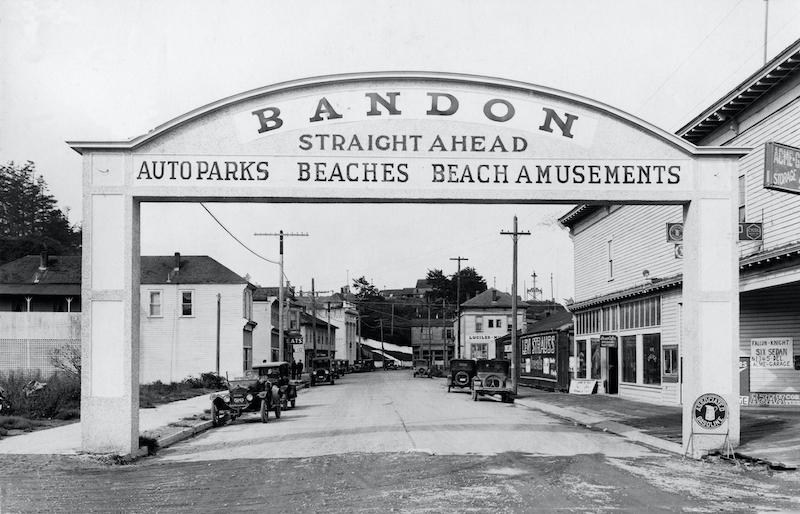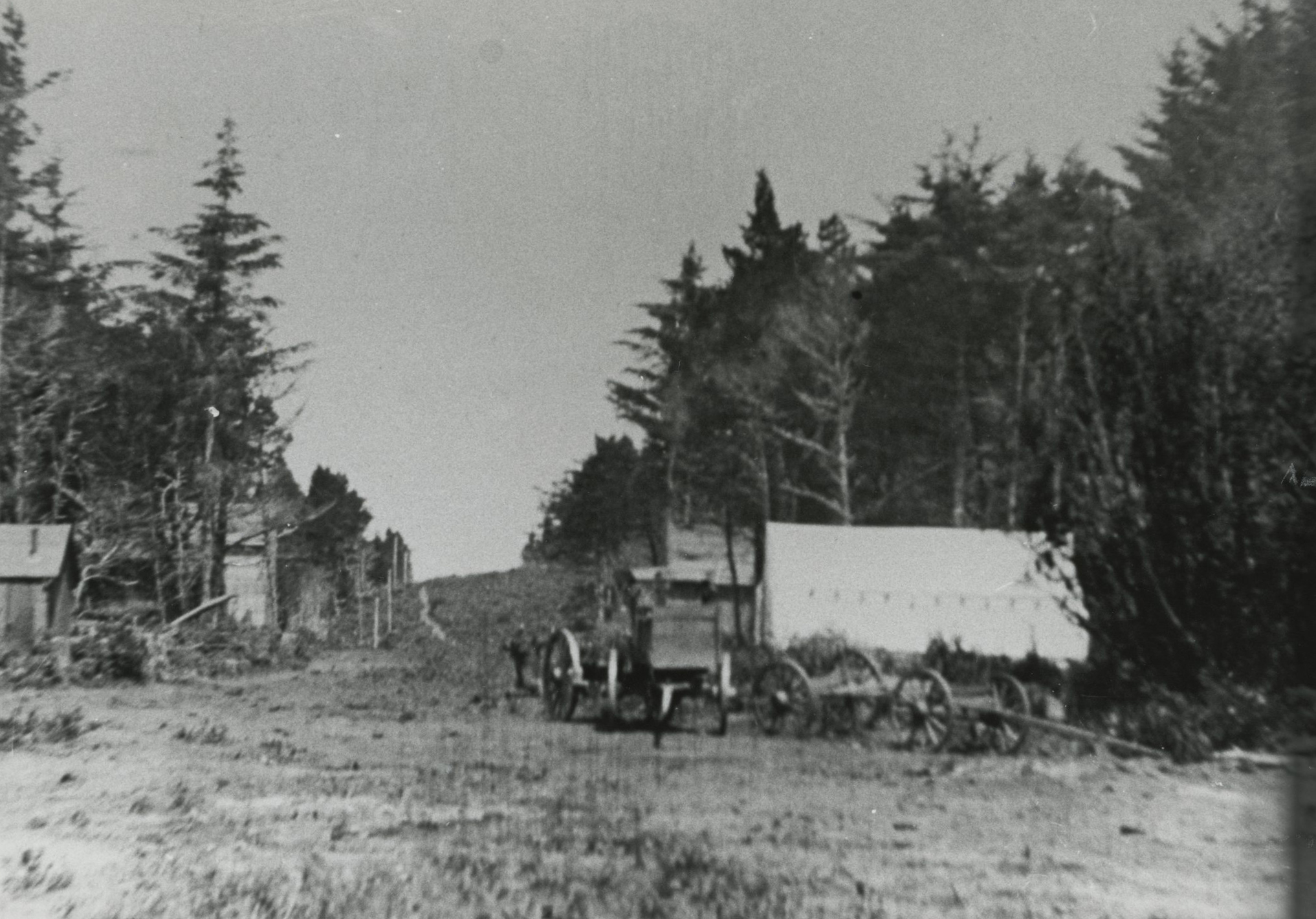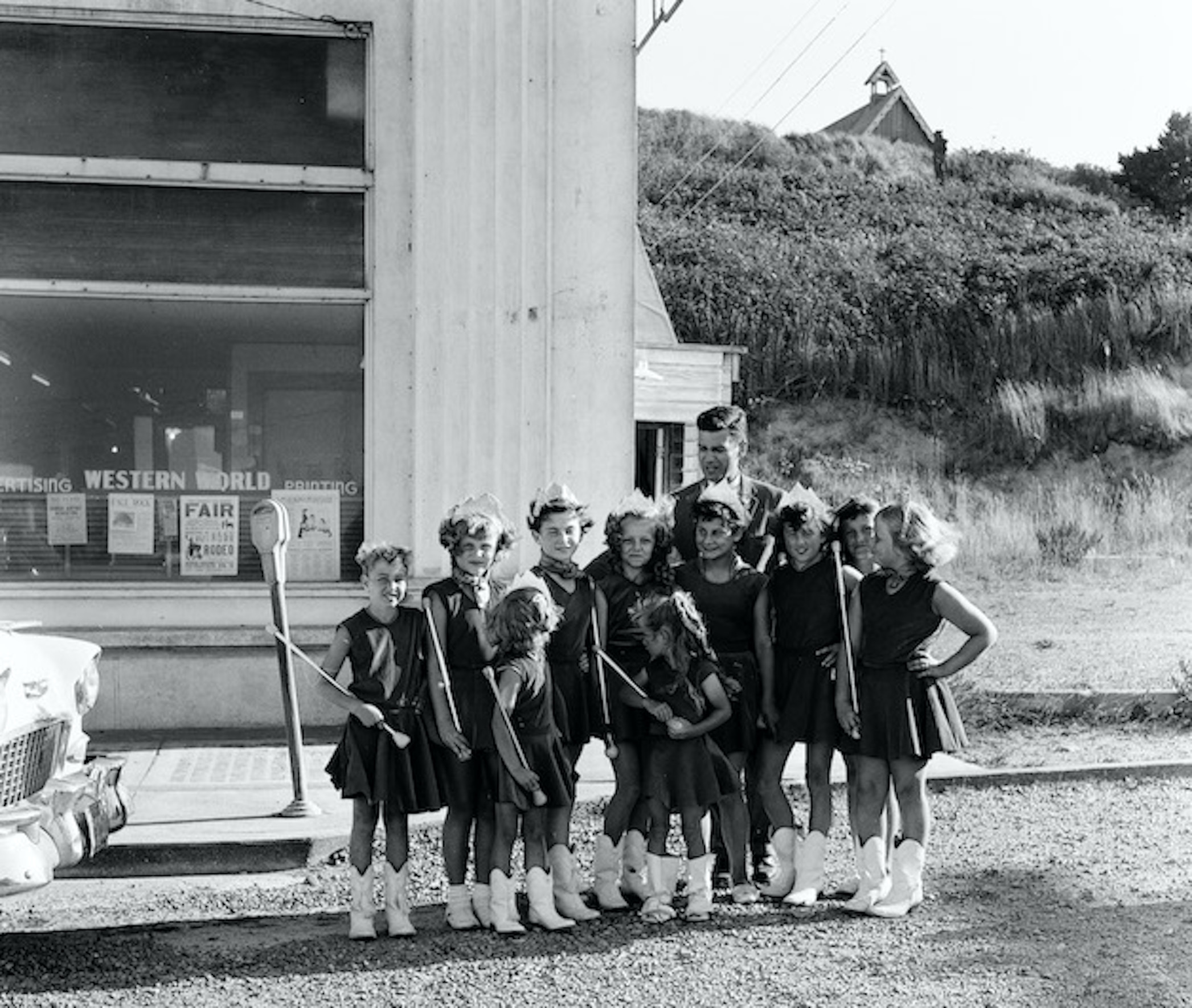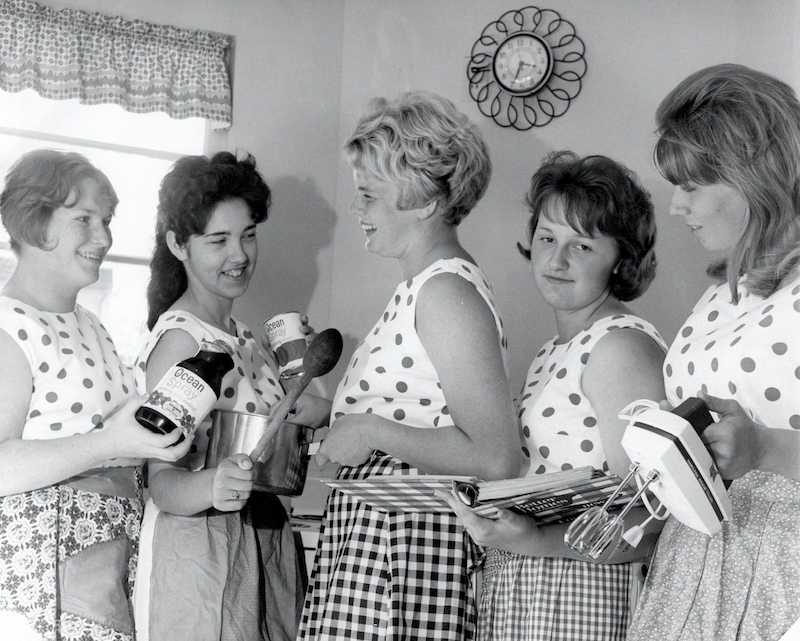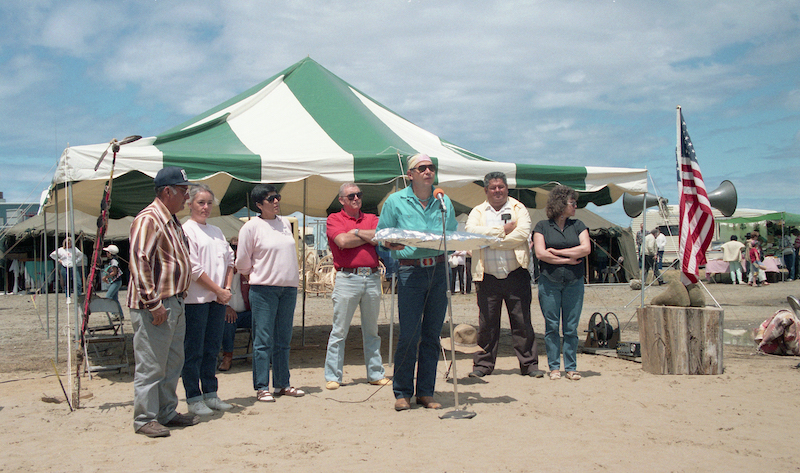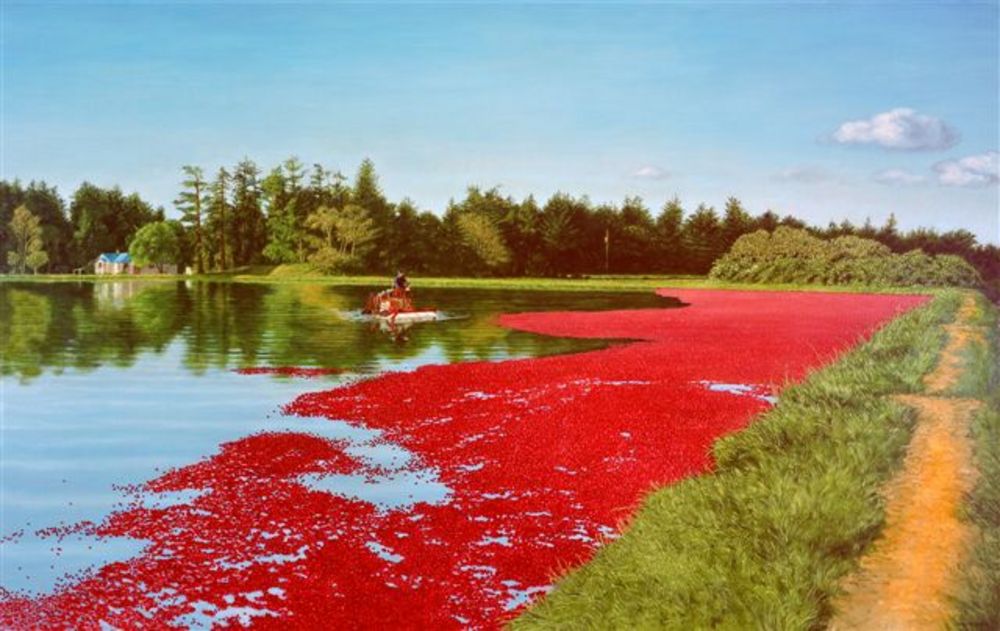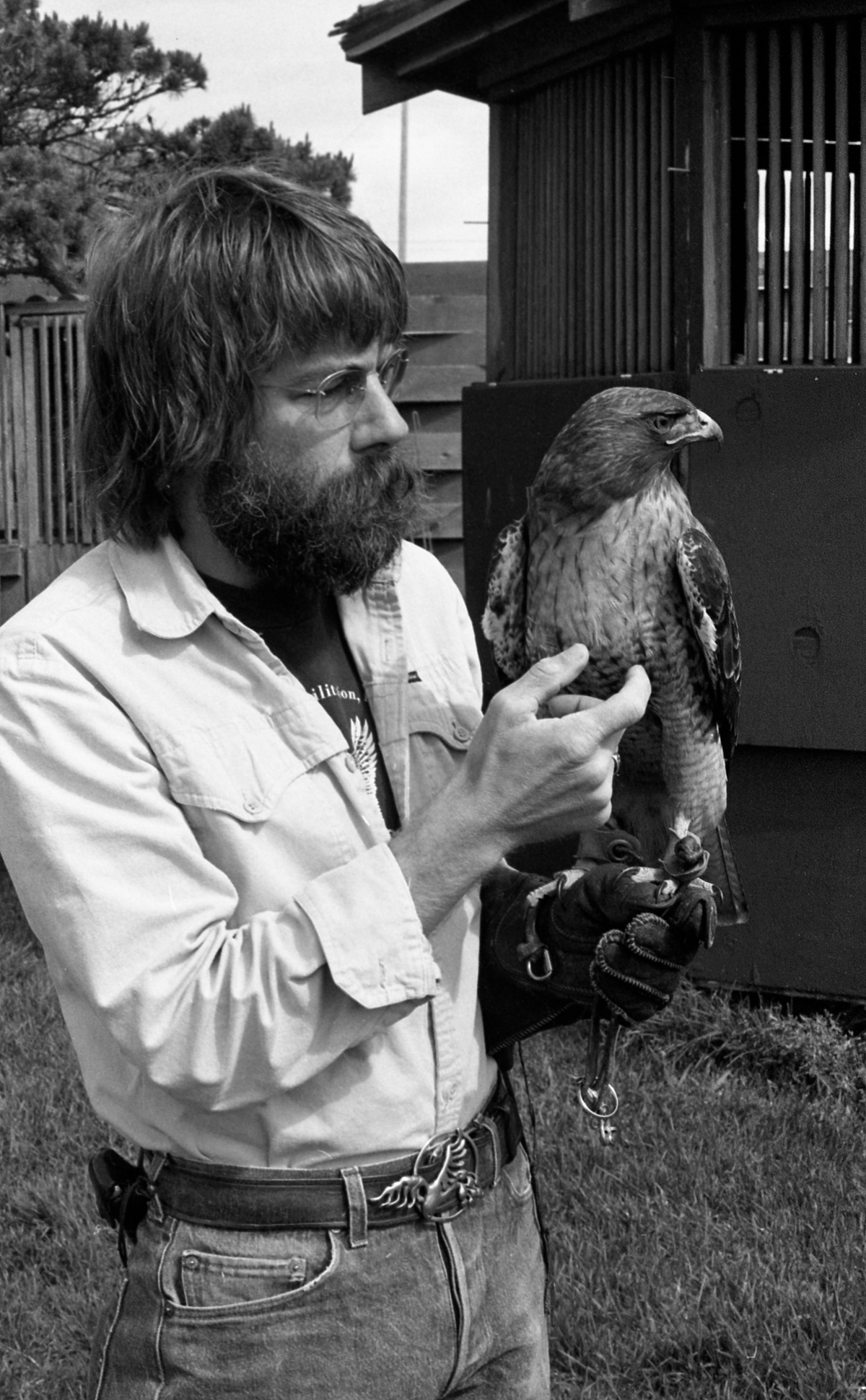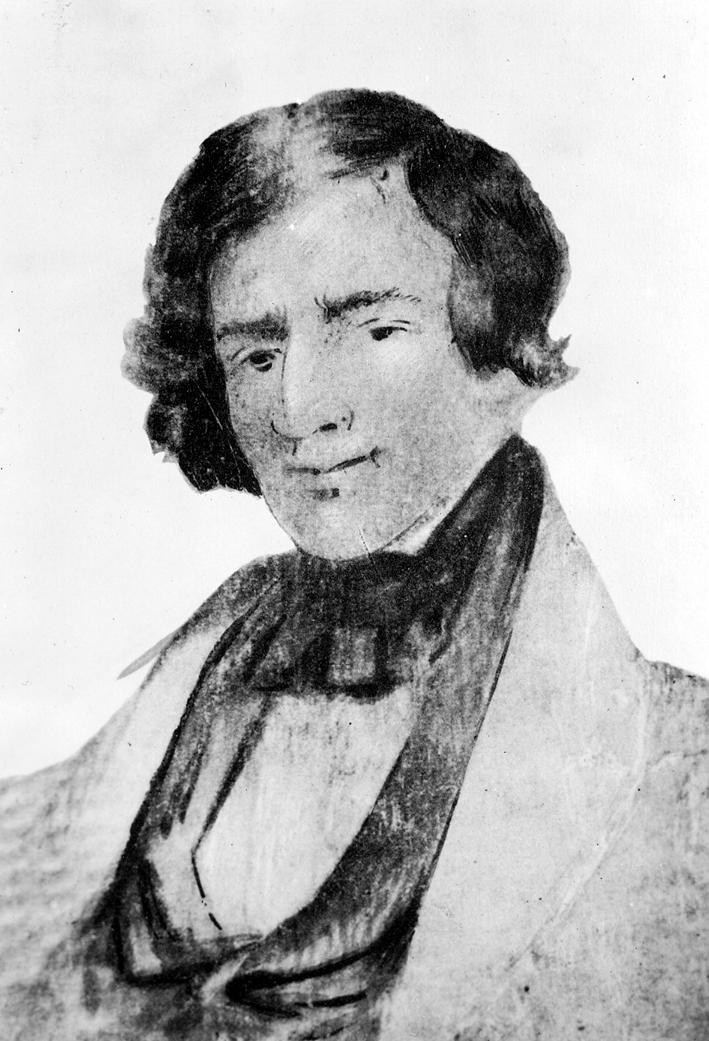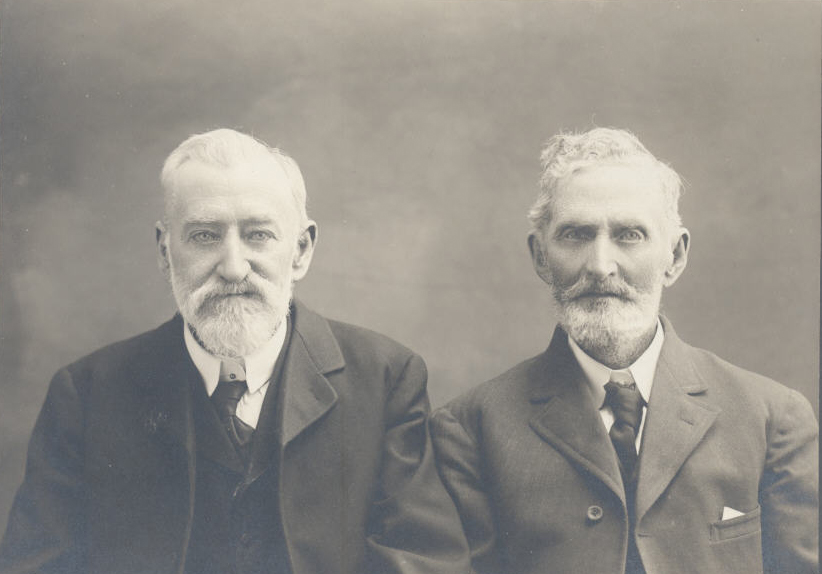Located at the mouth of the Coquille River in Coos County, Oregon, Bandon is on the south side of the harbor and on headlands above sandy beaches studded with sea stacks, including the iconic Face Rock. Incorporated in 1891, Bandon is a historically important shipping port and recreational area on the Oregon Coast.
Archeological evidence has provided several thousand years of continuous habitation along the estuary of the Coquille River, where people raised families, forged traditions, and engaged in wide-ranging commerce. Oral histories recall, and historical records from Japan confirm, a major earthquake and tsunami in 1700. In 1826, the Na-So-Mah people at the mouth of the river traded furs with trappers led by Alexander McLeod of the Hudson’s Bay Company, and two years later they had an encounter with a party of Americans led by Jedediah Smith.
The California gold rush during the 1850s sparked conflict and change in the region, and American soldiers from Fort Orford fired cannon at the plankhouses of the Na-So-Mah village in 1851. When gold was discovered in the black sands of the beach, hundreds of miners congregated at Whiskey Run Creek north of present-day Bandon. A volunteer militia, formed in the mining camps, attacked Coquille villages on January 28, 1854. Headmen of Coquille villages signed treaties with the U.S. government in 1851 and 1855, ceding their land in exchange for promises of protection and benefits, but Congress never ratified the treaties. The government removed the Coquilles, along with other coastal Natives, from their homelands in 1856 and relocated them to the Coast Reservation at Siletz. The U.S. government restored the Coquille Tribe in 1989, and it has since grown in cultural and economic influence. A small park in Bandon memorializes the Na-So-Mah village.
John Hamblock, Adam Pershbaker, Thompson Lowe, and Judah Parker were among those who filed Donation Land Claims along the lower Coquille River in the late 1850s and 1860s. A year after George Bennett arrived from Bandon, Ireland, in 1873, he petitioned the county court to form a new election precinct south of the Coquille River and convinced his neighbors to adopt the name Bandon. Twelve people voted in the 1874 election, and the post office was established in 1877. Bennett also introduced gorse to the area—a thorny, highly flammable plant similar to Scotch broom—that now infests thousands of acres of land in southwest Oregon.
The Coquille River Lighthouse, built to illuminate the treacherous rocks and sandbars at the mouth of the river, was lit in 1896. Between 1900 and 1910, the population of Bandon grew from 645 to 1,803. Riverboats transported lumber, produce, cheese, and coal to Bandon from Myrtle Point, Coquille, and Riverton to be shipped to California by coastal schooners.
During the 1920s, hotels, a saltwater natatorium, theaters, dance halls, and a nod-and-a-wink attitude toward Prohibition made Bandon a popular destination for conventions and excursions. The Roosevelt Highway, later named Highway 101, reached Bandon in the late 1920s, bringing the riverboat era to an end.
On the night of September 26, 1936, a forest fire swept through the area, killing eleven people. Gorse accelerated the wildfire when it reached the town, and 80 percent of the buildings were destroyed. The potential to rebuild Bandon as a model city caught the attention of city planners, and A Plan for a New Bandon was developed under the leadership of the State Planning Board. A variety of financial, practical, and human factors, however, kept it from being implemented, and Bandon was rebuilt with no plan in place.
Trees, cheese, and cranberries have been the foundation of Bandon’s economy, with beach tourism as an economic constant. Moore Mill and Lumber Company, the community’s largest employer for several decades, closed its mill in 1984, but forest management and timber harvest operations have continued in the area. The temperate climate and sandy soil provide the growing conditions that make Bandon the Cranberry Capital of Oregon, accounting for 95 percent of the state's cranberry production. Cranberry bogs dot the landscape, and an annual Cranberry Festival has been held since 1947. The community’s signature business since the 1930s was the Coquille Valley Dairy Co-op, known as the Bandon Cheese Factory. It closed in 2005, and an artisanal cheese operation opened on the factory site in 2015.
Bandon Dunes Golf Resort opened in 1999, and by 2019 it had five eighteen-hole courses, one of them on the site of the Whiskey Run gold strike. The resort provides employment for over eight hundred people at peak season and is Bandon’s largest employer.
Even as the lumber, fishing, and dairy industries contracted, Bandon’s population grew with an influx of retirees and people whose jobs allowed them to work from home. The population exceeded the 1910 number for the first time in 1970 and has grown at a modest but steady rate since. In 2020, more than three thousand people lived in Bandon.
-
![]()
The Bandon arch, built in 1927, directed motorists on the recently completed section of the Roosevelt Highway (later renamed Highway 101.).
Courtesy Bandon Historical Society
-
![]()
The Bank of Bandon building c. 1935..
Courtesy Bandon Historical Society
-
![]()
Visitors stroll Bandon’s beach c. 1900..
Courtesy Bandon Historical Society
-
![Two keepers, whose families also lived on site, kept the lighthouse illuminated 24 hours a day.]()
Coquille River Lighthouse and the lighthouse keepers’ house c. 1900..
Two keepers, whose families also lived on site, kept the lighthouse illuminated 24 hours a day. Courtesy Bandon Historical Society
-
![]()
Bandon-Lakeport Freight Co. wagons, c.1910.
Courtesy Oregon Hist. Soc. Research Lib., Masterson Coll., photo file628
-
![]()
Life Saving Service crewmen on the Coquille River side of their boathouse on First Street Bandon, c. 1910..
Courtesy Bandon Historical Society
-
![]()
A Life Saving Service crew drills in the Coquille River with the Coquille River Lighthouse in the background, c. 1910..
Courtesy Bandon Historical Society
-
![]()
Face Rock looms in the background as bathers enjoy the beach at Bandon, c. 1920..
Courtesy Bandon Historical Society
-
![]()
The Bank of Bandon building in the aftermath of the 1936 Bandon Fire..
Courtesy Bandon Historical Society
-
![]()
Downtown Bandon, First Street and Alabama Ave., before the 1936 Bandon Fire..
Courtesy Oregon Hist. Soc. Research Library
-
![]()
Downtown Bandon, Second Street and Alabama Ave., shortly after the 1936 Bandon Fire..
Courtesy Oregon Hist. Soc. Research Library
-
![]()
Carl “Bub” Perry and Emma Lorenz receive aid from the Red Cross in the aftermath of the 1936 Bandon Fire. The couple married in 1937..
Courtesy Bandon Historical Society
-
![]()
Grace Lawson and her children Dolly, Harry and Fritz pick through the ruins of their house after the 1936 Bandon fire..
Courtesy Bandon Historical Society
-
![Aerial view of Bandon and the Coquille River, near the site of the massacre]()
Bandon and the Coquille River, 1936.
Aerial view of Bandon and the Coquille River, near the site of the massacre Courtesy Oreg. Hist. Soc. Research Library, 007095
-
![]()
Lumber freighters docked for loading at the Moore Mill and Lumber Company docks in Bandon c. 1950..
Courtesy Bandon Historical Society
-
![]()
The Moore Mill and Lumber Company in the harbor at Bandon c. 1950..
Courtesy Bandon Historical Society
-
![]()
Cheese makers at work inside the Coquille Valley Dairy Co-op, better known as the Bandon Cheese Factory, 1958..
Courtesy Bandon Historical Society, Schamehorn collection
-
![]()
A farm family delivers milk to the Coquille Valley Dairy Co-op in 1958..
Courtesy Bandon Historical Society, Schamehorn collection
-
![The Lions Club prepared to help Santa (Bob Hiley) give treats to 1,000 children.]()
Santa Claus arrives in Bandon in 1958..
The Lions Club prepared to help Santa (Bob Hiley) give treats to 1,000 children. Courtesy Bandon Historical Society, Schamehorn collection
-
![August 1958]()
Sec. of State Mark Hatfield poses with Bandon's Cranberry Cadets outside the office of the Bandon Western World newspaper..
August 1958 Courtesy Bandon Historical Society
-
![]()
Bandon kicked-off the Oregon Centennial in 1959 with a downtown street dance..
Courtesy Bandon Historical Society
-
![]()
Members of the 1963 Bandon Cranberry Festival Court promote cooking with cranberries..
Courtesy Bandon Historical Society
-
![]()
The Sisters of Atonement, resident at Bandon’s Holy Trinity Catholic Church, gather near a “Scenic Bandon Welcomes You” sign, 1965..
Courtesy Bandon Historical Society
-
![]()
The Coquille Tribe celebrated tribal restoration in 1989 with speeches and ceremonies in Bandon near the site of the Na So Mah village..
Courtesy Bandon Historical Society
-
![]()
The Coquille tribe held a salmon bake and Pow Wow on Port of Bandon property in 1991..
Courtesy Bandon Historical Society
-
Coquille River Lighthouse under renovation in 2007..
The lighthouse is a feature of Bullards Beach State Park. Courtesy Bandon Historical Society
-
![]()
Boom boards collect cranberries floating in a bog at harvest time, 2013..
Courtesy Susan Dimock, Bandon Historical Society
-
![]()
Daniel Mrotzek teaches an in-law to run a beater on a cranberry bog during the 2013 harvest..
Courtesy Susan Dimock, Bandon Historical Society
Related Entries
-
Coquille River Lighthouse
The Coquille River Lighthouse, which is adjacent to the Coquille River,…
-
![Cranberry Industry]()
Cranberry Industry
The Oregon cranberry is prized for its deep red color, which growers sa…
-
![Dan Deuel (1946-2006)]()
Dan Deuel (1946-2006)
Dan Deuel was the founder of Free Flight, an all-volunteer bird and mar…
-
![Earthquakes and Tsunamis in the Cascadia Subduction Zone]()
Earthquakes and Tsunamis in the Cascadia Subduction Zone
Sometime in the future, the Pacific Northwest, including Oregon, Washin…
-
![Jedediah Strong Smith (1799-1831)]()
Jedediah Strong Smith (1799-1831)
Jedediah Strong Smith was one of the first and, arguably, the most impo…
-
![Miluk]()
Miluk
Miluk was one of two related languages spoken by people known collectiv…
-
![Nasomah Massacre of 1854]()
Nasomah Massacre of 1854
Early explorers noted plankhouse structures up and down the Southern Or…
-
![Tillamook Cheese]()
Tillamook Cheese
For many Oregonians, “Tillamook” and “cheese” are inextricably linked. …
-
![US 101 (Oregon Coast Highway)]()
US 101 (Oregon Coast Highway)
Many places on the Oregon coast were virtually inaccessible in the earl…
Related Historical Records
Map This on the Oregon History WayFinder
The Oregon History Wayfinder is an interactive map that identifies significant places, people, and events in Oregon history.
Further Reading
Beckham, Stephen Dow. Bandon By-The-Sea: Hope and Perseverance in a Southwestern Oregon Town. Seattle, Wash.: Arago Books, 1997.
Douthit, Nathan. A guide to Oregon South Coast History: Traveling by the Jedediah Smith Trail. Corvallis: Oregon State University Press, 1999.
Sullivan, William L. Oregon's Greatest Natural Disasters. Eugene, Ore.: Navillus Press, 2008.

